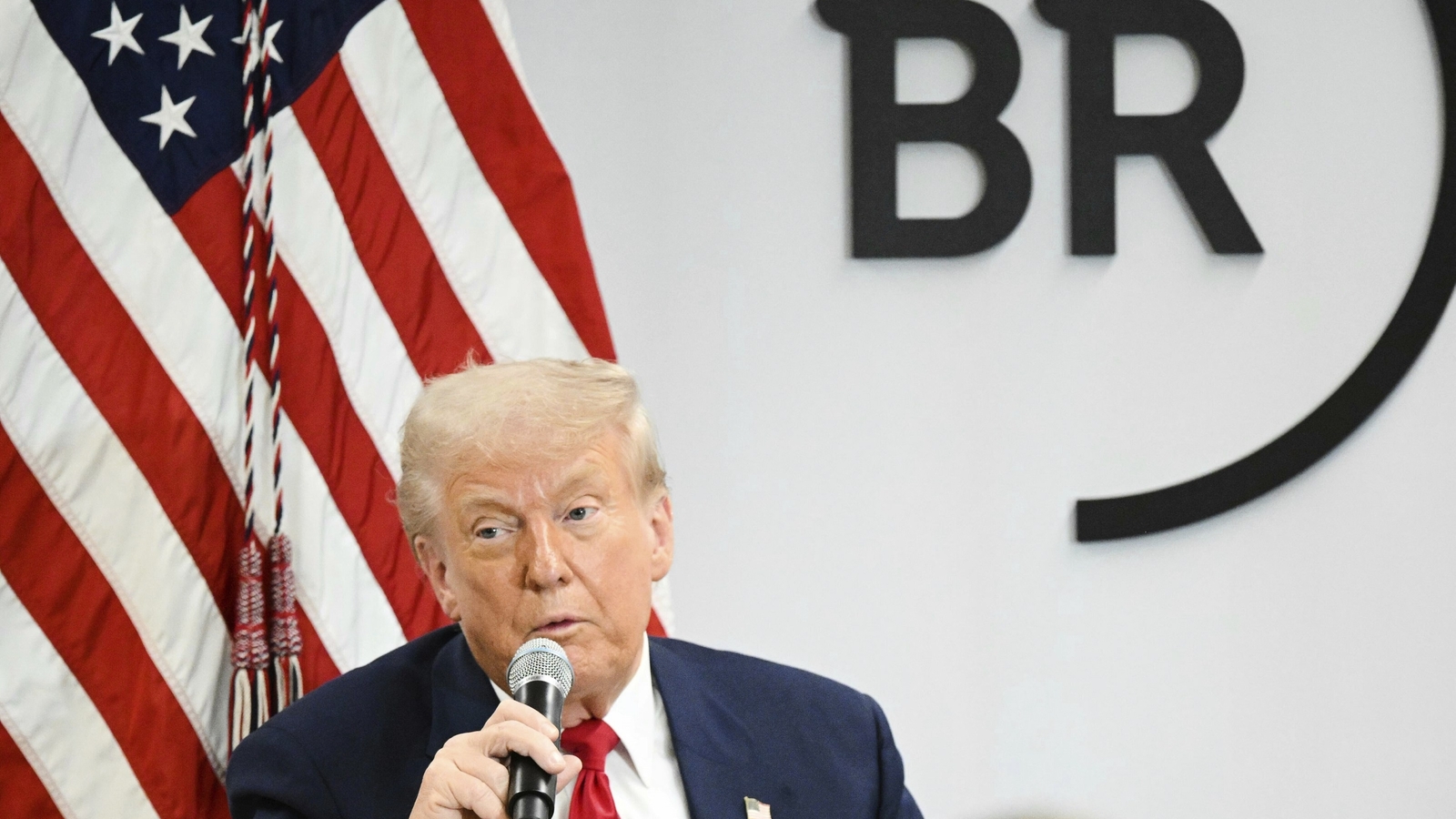On March 12, 2025, the United States imposed a 25% tariff on all imports of steel and aluminum, signaling a dramatic increase in President Donald Trump’s nationalist trade policy and escalating the global trade war. Fears of an economic slowdown and higher consumer costs have been raised by the fast retaliation from major trading partners, such as the European Union and Canada, in response to the decision, which is applicable to all countries without exception.
In response, the EU quickly announced counter-tariffs on US goods worth €26 billion ($28 billion), including motorbikes, boats, and bourbon. Ursula von der Leyen, president of the European Commission, condemned the levies as “economically counterproductive” and cautioned that they could undermine Western unity in the face of growing geopolitical difficulties. Australia condemned the tariffs as “unjustified,” but ruled out retaliation to save its customers from hardship. Canada, the US’s biggest supplier of steel and aluminum, is also considering similar action.
In support of the tariffs, President Trump said they would increase employment and domestic metal production. However, some believe that the tariffs might have the opposite effect, increasing prices for US auto, appliance, and other product manufacturers and possibly resulting in job losses in related industries. Trump’s 2018 metal tariffs, which increased American steel production by 2% but cost downstream businesses over $3 billion in lost productivity, might have a similar impact, according to analysts.
Additionally, the tariffs have caused market instability, as domestic steel prices have increased by more than 30% in recent months. The action could further strain US relations with important allies and disrupt supply lines as tensions rise throughout the world, especially in North America, where Canada and Mexico are the US’s top metal suppliers.
The global trade war is threatening to worsen with no end in sight, and economies all across the world are preparing for the consequences.















